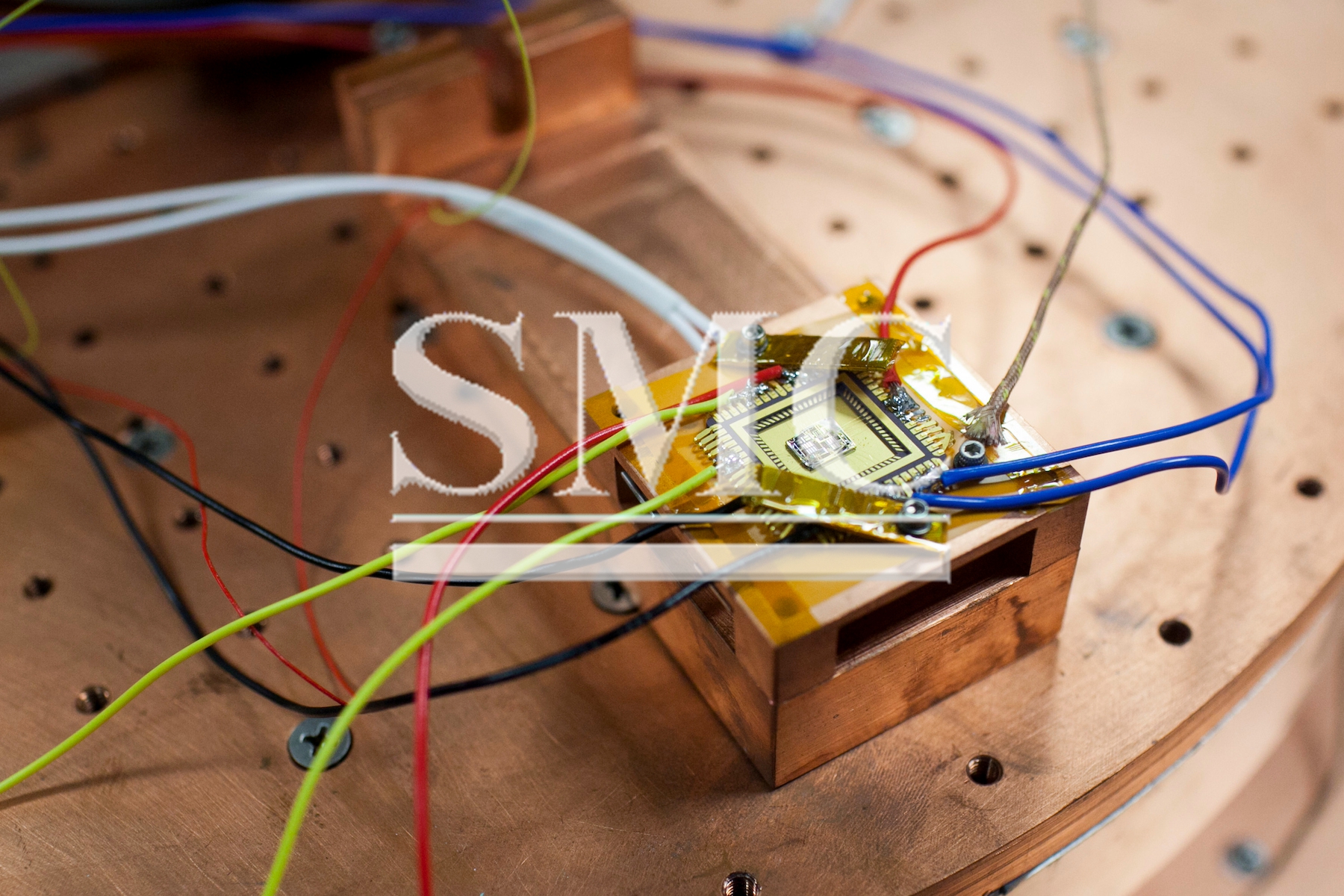
- Información general de la corporación Corazón de la corporación Visión & Filosofía Asociación Certificación Cultura de la empresa
- Nuestros servicios Diseño e Ingeniería Mantenimiento y Servicio Examinar la Línea de Producción Actualización y Transformación Almacenamiento y Logística Procesamiento y Comercio
- Administración Nuestra historia Responsabilidad global
- Centro de adquisiciones Pasantía
- Metal Productos de Aluminio Productos de Cobre Productos Revestidos de Metal Productos de Acero Inoxidable Productos de Acero Aleación Especial
- Construcción Rejilla de Acero Estante de Almacenamiento Estructura de Acero Puente de Acero Sistema de Andamios Material de Construcción Materiales químicos One Stop Solutions for Projects
- Contenedores Contenedor Estándar ISO Contenedor del Equipo Contenedor del Almacenamiento Casa de Contenedor Contenedor Frigorifico / Contenedor Aislado Contenedor Offshore
- Maquinaria Máquina de Formación Metálica Otras Máquinas Máquina de Corte de Metal Máquina de Procesamiento de Metal Máquina Dobladora Máquina de Bloqueo
- Productos Mecánicos Industria del Vehículo Miscelánea Equipo de Amarre Equipo Marino Recipiente de Presión
- Sistema Eléctrico Cable Eléctrico Automatización Distribución de Energía Sistema de Energía Solar Sistema de Protección Eléctrica Transformador Línea de Producción Sistema de iluminación
- Accesorios Médicos Productos de Alimentación Productos de Vía Respiratoria Productos de Enfermería Productos de Inyección
- Maquinaria de construcción
- Proyecto EPC
- Oleoducto
- Tubería de agua
- Gasoductos
- Accesorios para Barcos y Amarres
- Metal para decoración
- Componentes de transformadores
- Tubo del Intercambiador de Calor
- Repuestos y Accesorios de Aire Acondicionado
- Caldera
- Electrodomésticos para Cocina y Baño
- Metal para Electrodomésticos
- Aparato de Energía Solar
- Ascensor
- Techos y Cubiertas
- Cable
- Tanques
- Embalaje
- Partes y Accesorios de Maquinaria y Equipos
- Molde
- Partes de Automóvil
- Carriles y Rieles de Grúa
- Accesiorios de Hardware
- Abrasivo
- Equipo de Construcción de Carreteras
- Componentes Electrónicos
- Materiales de construcción y decoración
- Puertas y Ventanas
- Refrigeradores
- Comunicado de prensa Noticias de la Industria Metálica Noticias de Maquinaria y Equipo Noticias de Construcción y Obra Noticias de Productos Mecánicos Noticias de Contenedores Noticias de Sistema Eléctrico Noticias de Accesorios Médicos
- Mediateca Videos Imágenes Seguir las redes sociales de Shanghai Metal
Background and types of protective relay
Background
In electrical engineering, a protective relay is a relay device designed to trip a circuit breaker when a fault is detected. The first protective relays were electromagnetic devices, relying on coils operating on moving parts to provide detection of abnormal operating conditions such as over-current, over-voltage, reverse power flow, over-frequency, and under-frequency.
Microprocessor-based digital protection relays now emulate the original devices, as well as providing types of protection and supervision impractical with electromechanical relays. Electromechanical relays provide only rudimentary indications of involved phase and zone targets.

In many cases a single microprocessor relay provides functions that would take two or more electromechanical devices. By combining several functions in one case, numerical relays also save capital cost and maintenance cost over electromechanical relays.
Electromechanical protective relays operate by either magnetic attraction, or magnetic induction.
Types of Relays
Types of protection relays are mainly based on their characteristic, logic, on actuating parameter and operation mechanism.
Based on operation mechanism protection relay can be categorized as electromagnetic relay, static relay and mechanical relay. Actually relay is nothing but a combination of one or more open or closed contacts. These all or some specific contacts the relay change their state when actuating parameters are applied to the relay. That means open contacts become closed and closed contacts become open. In electromagnetic relay these closing and opening of relay contacts are done by electromagnetic action of a solenoid.
In mechanical relay these closing and opening of relay contacts are done by mechanical displacement of different gear level system.
In static relay it is mainly done by semiconductor switches like thyristor. In digital relay on and off state can be referred as 1 and 0 state.